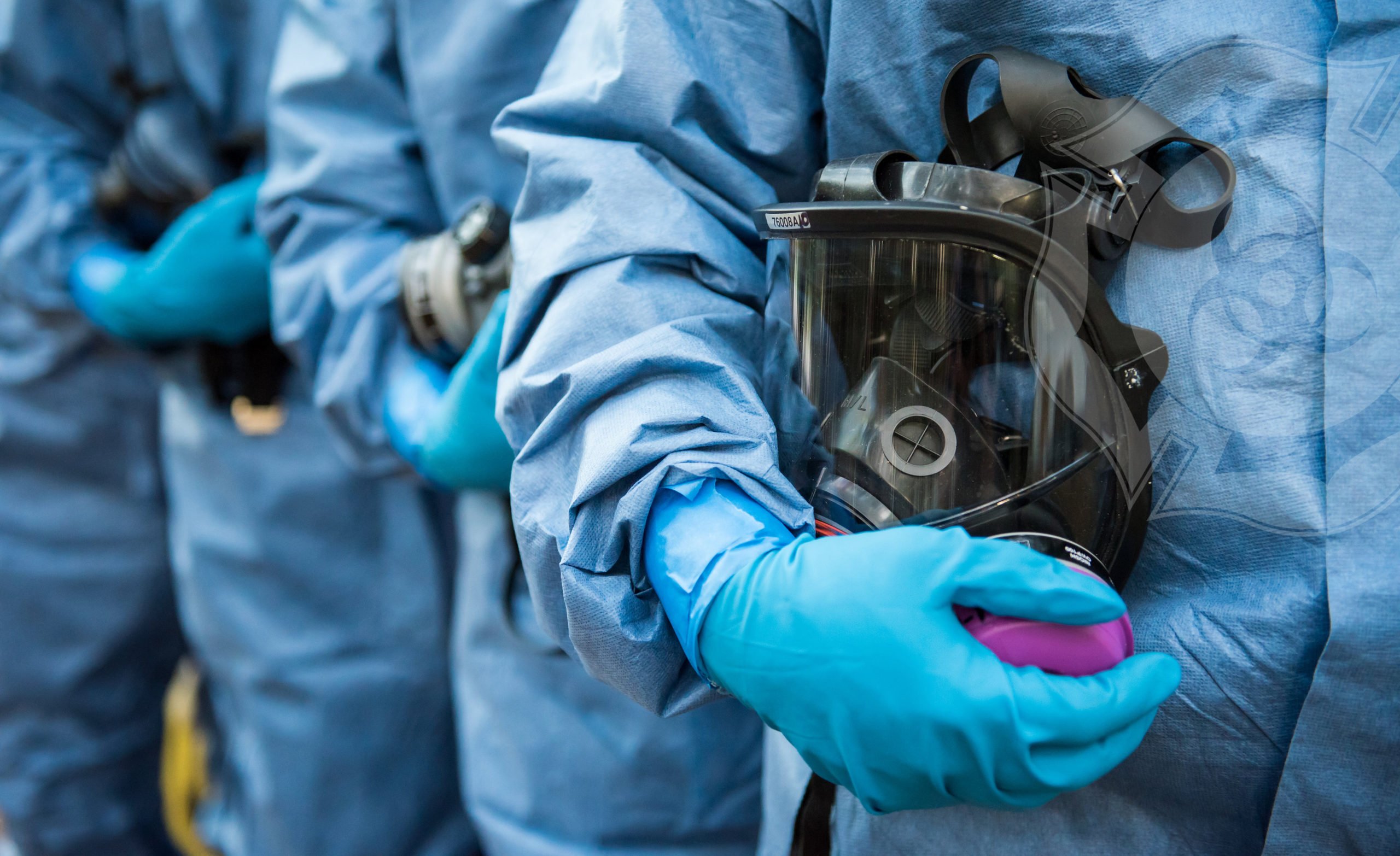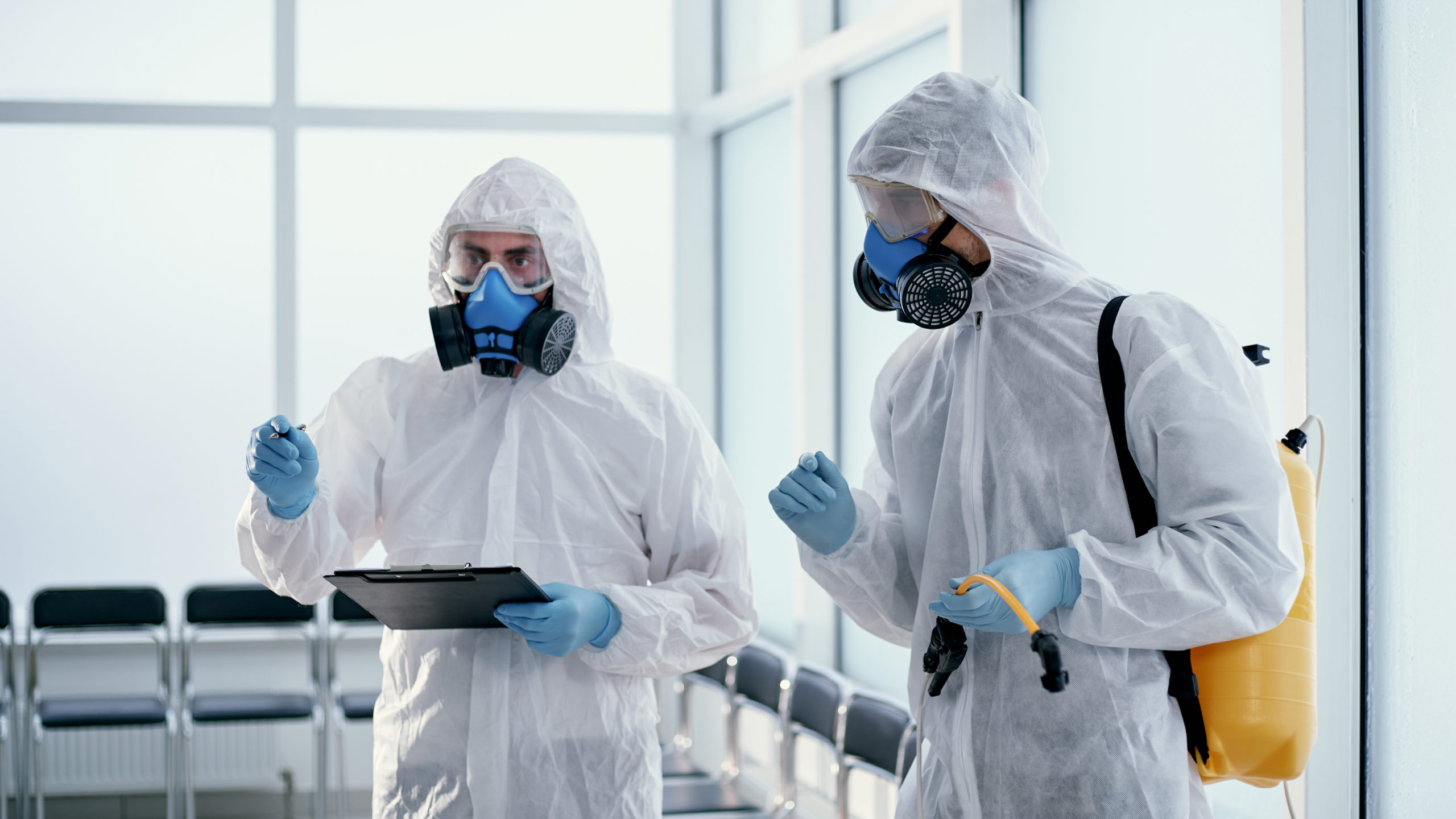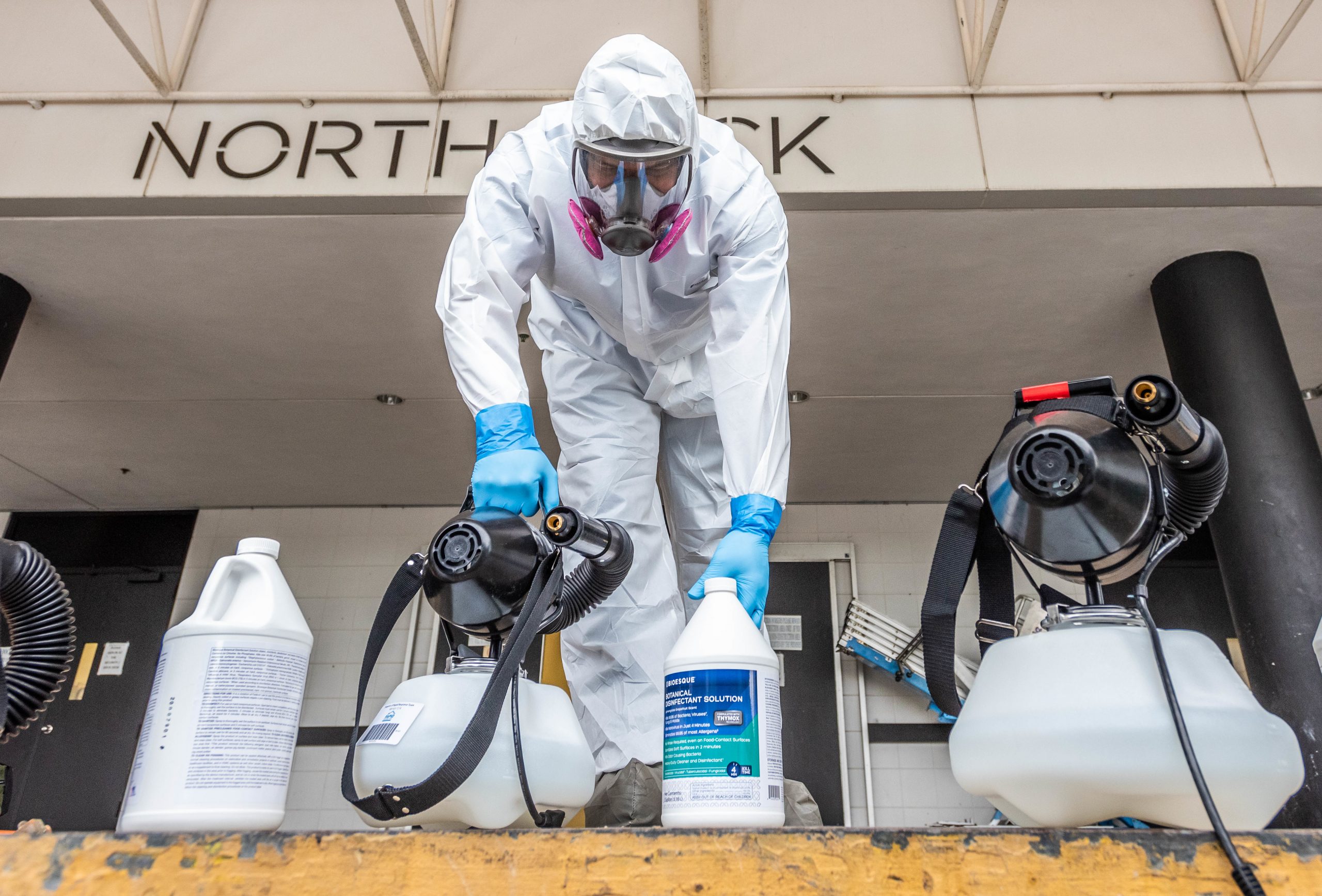Biohazard Removal: Safe Handling and Disposal of Hazardous Materials
Biohazard Removal: Safe Handling and Disposal of Hazardous Materials
Blog Article
Specialist Biohazard Cleanup for Criminal Activity Scenes, Injury Incidents, and Polluted Areas
In the realm of expert biohazard cleaning, careful focus to information and adherence to safety procedures are vital. As we delve right into the details of biohazard cleanup for these sensitive atmospheres, a much deeper understanding of the difficulties and critical procedures included will certainly emerge, dropping light on the crucial role of professional clean-up solutions in restoring safety and peace of mind.

Value of Biohazard Cleaning
Biohazard cleaning adhering to criminal offense scenes and injury events is critical for making certain the safety and security of individuals and the environment. When these occurrences happen, they often leave behind a variety of biohazards such as blood, physical fluids, and other potentially transmittable materials. These materials can nurture unsafe microorganisms like infections and germs, posturing severe wellness dangers if not appropriately cleaned and sanitized.
Expert biohazard cleaning solutions are trained to handle these harmful materials securely and effectively. They have the required devices, such as personal safety gear and specialized cleaning up agents, to extensively decontaminate the impacted locations. By leaving the cleaning to skilled experts, people can stay clear of exposure to hazardous pathogens and stop the spread of infectious illness.
In addition, appropriate biohazard cleaning is vital for protecting the atmosphere. Improper disposal of biohazardous products can pollute soil, water sources, and air, posturing a danger to wild animals and the ecosystem. By following rigorous cleanup protocols, specialists can make certain that biohazards are securely gotten rid of and gotten rid of based on laws, decreasing the threat of ecological contamination.
Kinds Of Biohazards Encountered
Different harmful materials generally run into in criminal offense scenes and trauma events present significant health threats if not taken care of effectively. Blood and physical fluids are among the most typical biohazards found in these circumstances.
One more kind of biohazard frequently come across is sharp items like needles, broken glass, and other products that can cause injuries and send infections. Chemical hazards are also a concern, as criminal offense scenes might consist of compounds like tear gas, pepper spray, or medication manufacturing products that call for specific handling and disposal procedures to stop more injury.
In addition, mold and mildew and microorganisms development can take place in spaces where decomposition or extended direct exposure to wetness has occurred. These bacteria can release toxins and irritants into the air, positioning respiratory system dangers to those exposed. Overall, biohazard clean-up professionals must be well-equipped and skilled to properly take care of these various kinds of dangerous products to make certain the safety of themselves and others.
Tools and Protective Gear
When addressing the critical job of managing biohazards encountered in crime scenes and injury incidents, the application of proper devices and safety gear is paramount to making certain the security of people involved in the clean-up procedure. Specialized cleansing devices like biohazard anti-bacterials, sharps, and bags containers are essential for the secure collection and disposal of contaminated products. Making certain that all devices is effectively preserved, regularly evaluated, and used according to safety and security standards is crucial in decreasing the threat of exposure to biohazards during clean-up operations.
Cleaning Refine and Strategies
Complete and efficient clean-up of biohazardous materials from criminal activity scenes and injury incidents calls for precise attention to detail and adherence to stringent safety and security protocols. The clean-up process generally involves several crucial steps. Originally, the area should be examined to establish the degree of contamination and the ideal cleansing methods required. Next off, all biohazardous materials, consisting of blood, physical fluids, and tissue residues, should be very carefully removed and dealt with according to regional guidelines.
Adhering to the removal of biohazardous products, the affected location undergoes a complete cleansing and sanitation process. This action involves using specialized cleaning agents and equipment to guarantee that all traces Find Out More of contamination are removed. After cleansing, the location undergoes strenuous screening to validate that it is cost-free and secure of any remaining biohazards.

Decontamination and Disposal Procedures
To make sure thorough decontamination and appropriate disposal of biohazardous materials, adhering to the meticulous cleanup process, particular procedures need to be carefully adhered to with strict adherence to safety protocols. Decontamination includes the removal or neutralization of impurities to lessen the risk of direct exposure and spread of dangerous substances. This procedure commonly includes cleansing, disinfecting, and disinfecting the damaged area making use of specialized equipment and EPA-approved chemicals.
When purification is finished, proper disposal of biohazardous products is vital to avoid more contamination or damage. Biohazardous waste, such as physical fluids or blood-soaked products, need to be carefully accumulated, packaged, and identified according to governing standards. ATP testing. These materials are after that transported to licensed centers for disposal with suitable networks, making certain compliance with neighborhood, state, and government regulations

Verdict
In final thought, expert biohazard clean-up is crucial for guaranteeing the risk-free and efficient removal of hazardous materials from criminal activity scenes, trauma events, and contaminated spaces. By using visit the site specific devices, protective equipment, and complying with proper cleaning procedures and strategies, biohazard cleanup teams can properly sanitize and get rid of of biohazards, lessening the risk of direct exposure and damage to individuals and the environment.
As we dig into the details of biohazard clean-up for these delicate settings, a much deeper understanding of the difficulties and essential treatments included will arise, dropping light on the essential duty of expert clean-up services in restoring security and tranquility of mind.
Expert biohazard clean-up services are educated to deal with these harmful materials securely and efficiently. By complying with stringent cleaning procedures, professionals can guarantee that biohazards are safely eliminated and disposed of in accordance with guidelines, reducing the risk of ecological contamination.
On the whole, biohazard cleanup specialists need to be fully equipped and trained to efficiently manage these numerous types of harmful products to guarantee the security of themselves and others.
When attending to the essential task of managing biohazards run into in crime scenes and trauma occurrences, the application of proper tools and protective gear is paramount to ensuring the safety of individuals entailed in the cleanup process.
Report this page